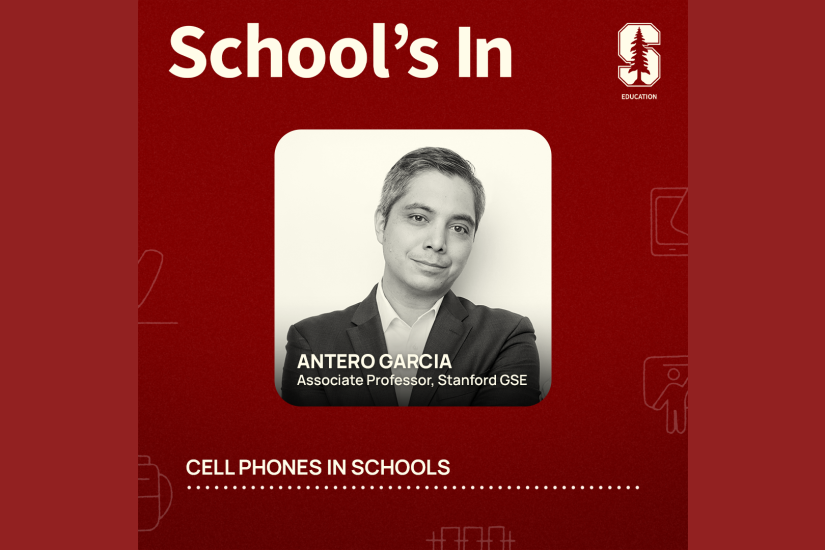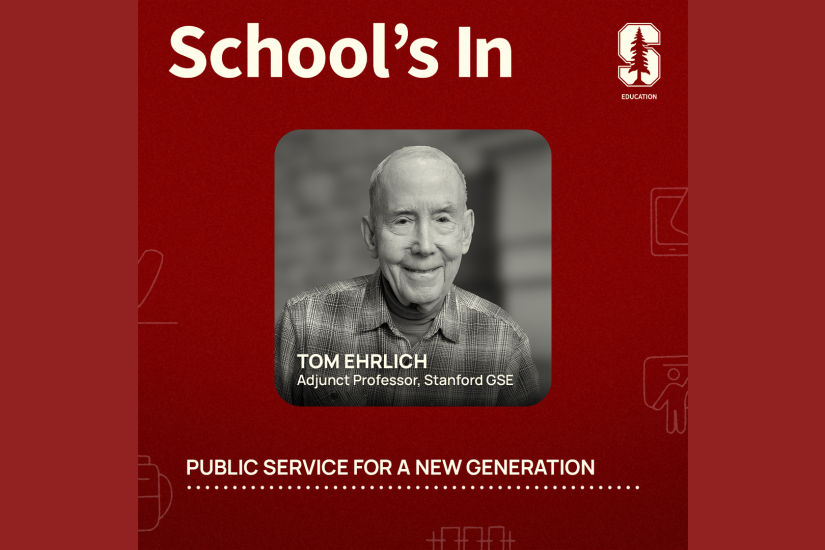
Preparing students for an automated future
Keith Coleman is chief strategy officer at the Tesla Foundation, a science and tech think tank focused on increasing innovation through education. He joined Stanford Graduate School of Education Dean Dan Schwartz and Senior Lecturer Denise Pope on this episode of School’s In to discuss how to improve the skills people will need in a changing workforce.
Listen to the full episode at the link below, and find more episodes at Stanford Radio. School’s In airs weekends on SiriusXM Insight channel 121.
Interview highlights
A farm system for academic innovators
One of the things that we're looking at is the benefit for the United States, and also globally, to look at our upskill and support for our students as a farm system: as a farm system for academics, a farm system for intellectual property, a farm system for lifelong learning. It’s clear that the farm system has worked for athletics, where they find a talented 9- or 10-year-old who throws the ball at 70 miles per hour and then next week there's another coach there, and then there's a scout there, and they get nurtured along the way and they have support. They have support from corporate interests that support Little League and other kinds of localized sport activities all up through the chain.
That level of corporate support and community support for academics, for innovation, and for IP hasn't really been created in that fashion. So what we're doing with our partners is [engaging in] a level of discourse so that we can build this farm system for IP and for academic innovators in the United States.
Who is responsible?
Executives continue to say, “We don't have the talent, we don't have the talent, we don't have the talent.” That's a mantra that you just hear over and over.… So then the question is, who is responsible? Is there a way to get industry to invest in this? I think so. And that comes back to leadership … to bring all of these partners together to create this ecosystem for collective impact. Because if you have folks in these individual silos attempting to move down a pathway that leads to an output that they have in their own particular self-interest—well, then, you're not going to have this kind of framework that allows for a sustainable practice moving forward. Finding a way to bring this ecosystem together, working collectively to this common goal, is what's really, really crucial.



